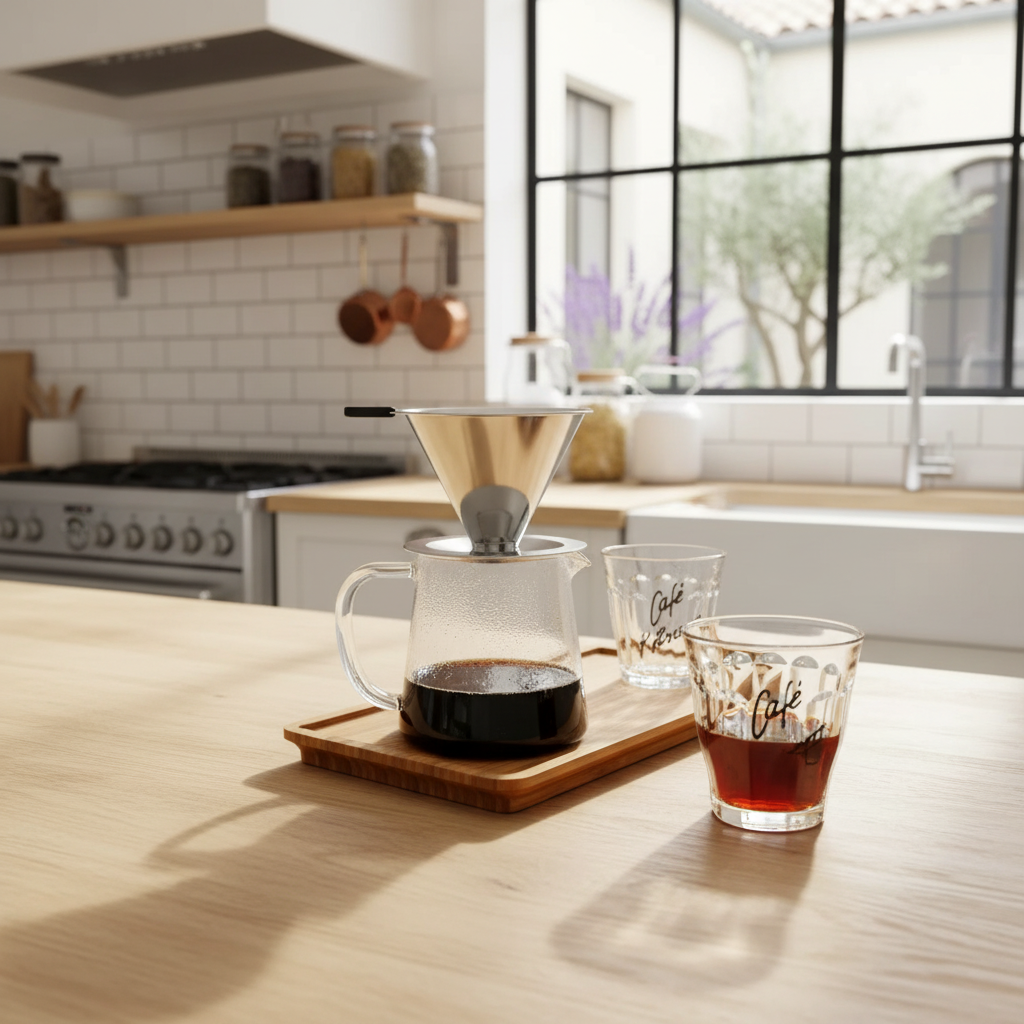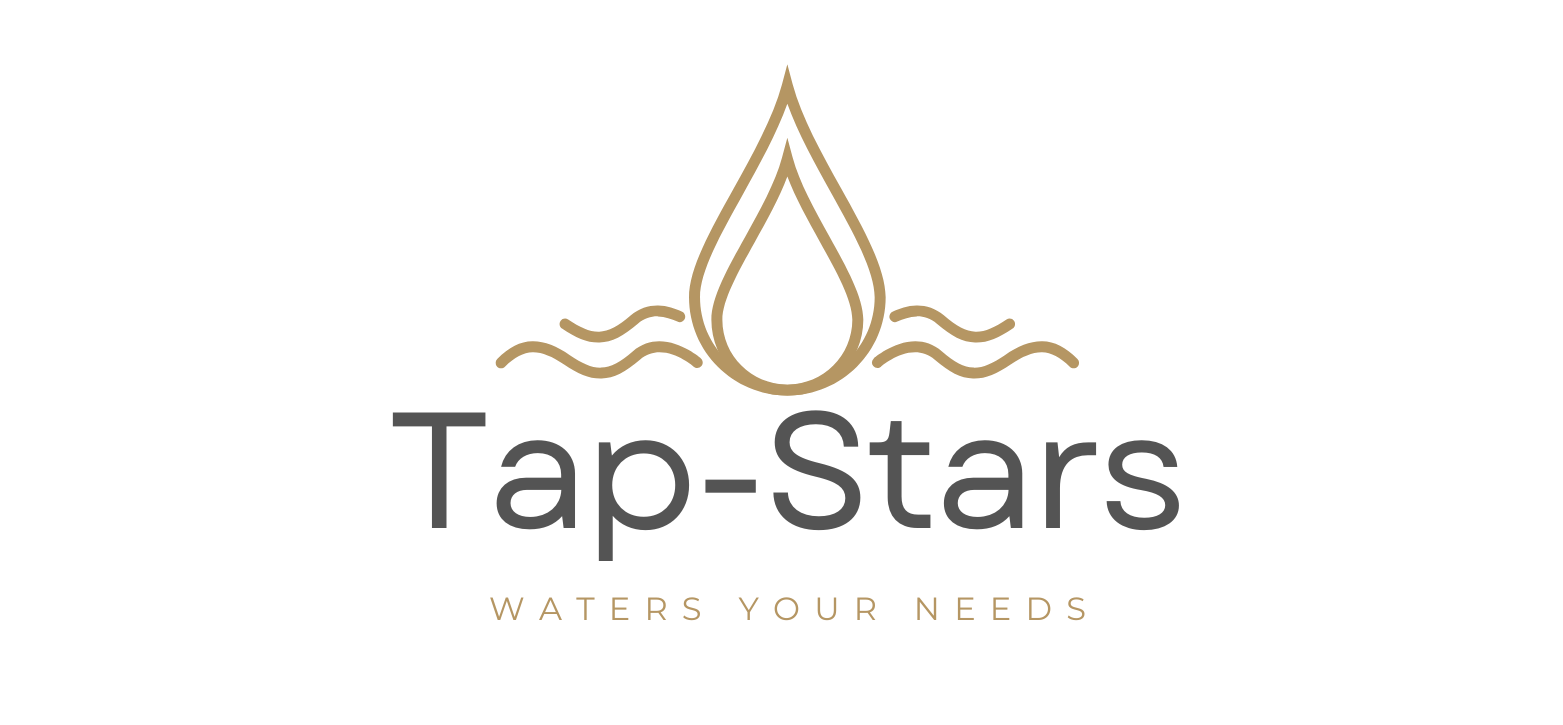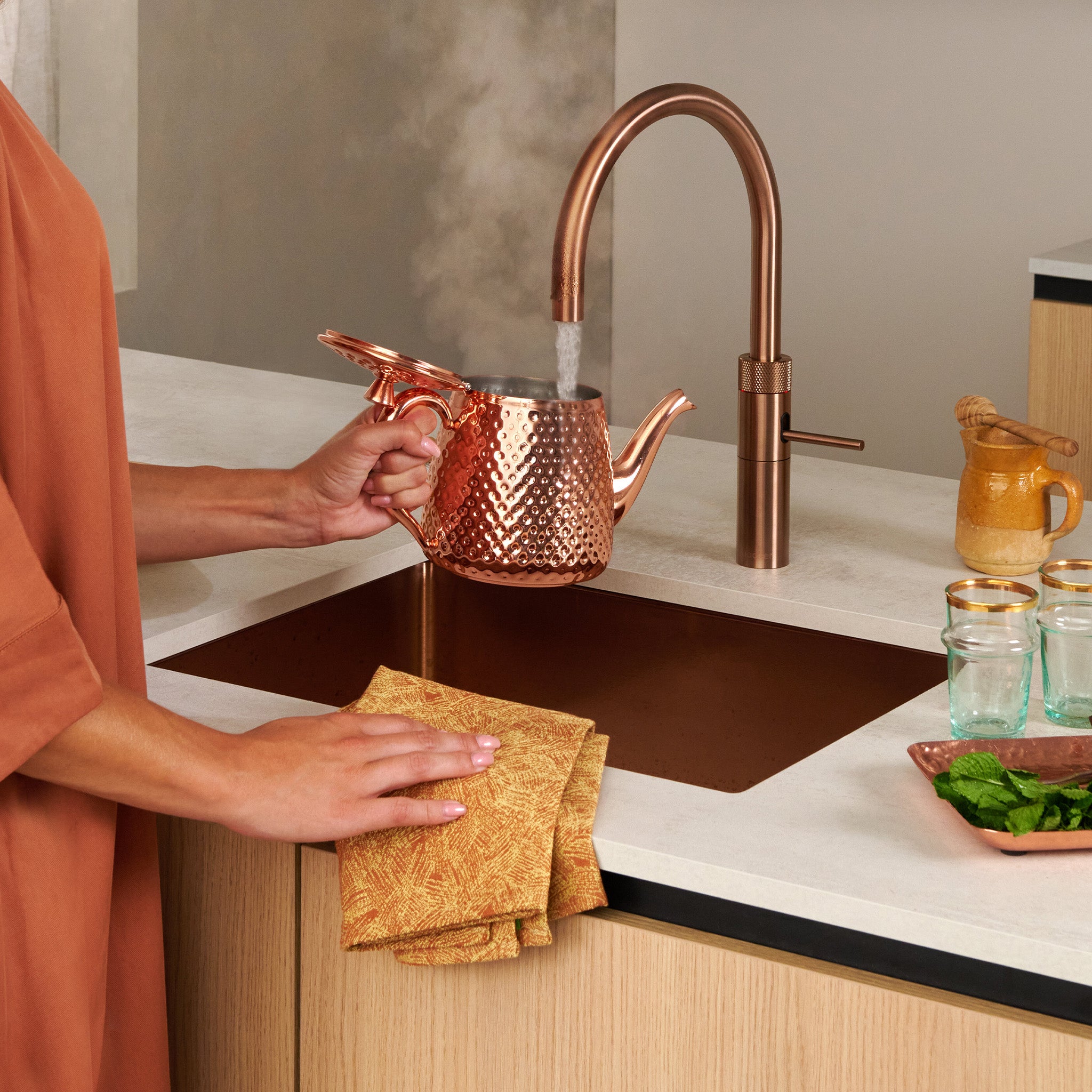Article: The Rise of Slow Coffee: Brewing Meaning, Not Just Cups

The Rise of Slow Coffee: Brewing Meaning, Not Just Cups
The Rise of Slow Coffee: Brewing Meaning, Not Just Cups
In recent years, a subtle but meaningful shift has been taking place in coffee culture. The focus is moving from “grab-a-cup and go” to a more mindful, ritualistic, slower kind of coffee experience. This movement — often called slow coffee — isn’t just about a method of brewing, but about a philosophy: quality over speed, experience over convenience.

What is Slow Coffee?
At its core, slow coffee refers to brewing methods and consumption habits that emphasise time, care, sensory engagement, and the appreciation of the full coffee experience — from bean to cup. According to one speciality-coffee roaster, slow coffee is “an artisanal approach … based on gentle extraction methods, precision and the quality of raw materials.”
Instead of the hot shot of espresso pulled in seconds, or the automatic drip machine serving high volume, slow coffee often involves:
- Freshly ground beans just before brewing.
- Careful measurement of coffee and water ratios (e.g., 1 g coffee to 16 g water) to tweak flavour.
- Precise water temperature (around 92-96 °C) and controlled pour (often via gooseneck kettle) for filter methods.
- Be aware that hot water coming from your Quooker could potentially be too hot, although very easy to use, we recommend to have it cool of just a little.
- Brewing methods like hand-pour filters (e.g., V60, Chemex), immersion (French press), or vacuum/siphon methods — all slower, more manual than quick espresso.
- A mindset of slowness and enjoyment: taking time to prepare, observe, smell, taste, reflect rather than chug down a coffee between tasks.

Why Is Slow Coffee Gaining Ground?
Several broader cultural, social and industry factors converge to make slow coffee appealing:
-
Reaction to fast-paced life & convenience culture
In our era of “coffee on the go,” automated machines and quick serve, slow coffee offers a counter-vibe: a brief moment of pause. One blog observes: “Slow coffee … creates a counter-balance to our increasingly hectic everyday lives. A cup of coffee represents a break, a moment of rest and enjoyment.” -
The influence of speciality coffee and craftsmanship
The “third wave” coffee movement (emphasising bean origin, traceability, roast finesse and brewing method) paved the way for slow coffee. In Europe, for example, the share of speciality cafés is rising, and this fits with slower extraction methods and more ritual. -
Desire for authenticity & sensory richness
Slow coffee privileges nuance: subtle flavour, aroma, clarity of cup. The slower extraction allows more control and reveals more of the coffee’s origin and character. As one site says: slow coffee “showcases terroirs and offers a unique … delicate coffee, with floral, fruity, chocolate or spicy notes” depending on origin. -
Sustainability, ethics and traceability becoming more important
Slow coffee often goes hand-in-hand with sourcing higher-quality beans, smaller roasters, more respectful production and fairer supply chains. The slower, smaller scale mindset aligns with ethical consumption. -
Growing interest in coffee culture & experience
People aren’t just buying caffeine — they’re interested in story, ritual, the cafe space, the brewing equipment, the sharing of coffee knowledge. Slow coffee fits this experiential trend. For example, a French article noted the booming “slow coffee” scene as cafés serving filter coffee with ceremony, multiple origins, and higher price points.

What Methods & Equipment Distinguish Slow Coffee?
Some of the typical practices and gear associated with slow coffee include:
- Hand-filter/pour-over: Coffee grounds in a paper or cloth filter, hot water poured slowly in controlled bursts or circular motions, yielding a clear, flavourful cup.
- Immersion methods: French press, AeroPress (used more slowly), or other steep-and-pour approaches where the brewer remains engaged.
- Siphon/vacuum brewers: More elaborate, visually theatrical, slower yet precise methods which emphasise control and showmanship.
- Equipment emphasis: a precision scale (to weigh coffee & water), gooseneck kettle (for controlled pouring), freshly ground beans (using a burr grinder), quality filter paper, carafe. These are not strictly necessary but very common in slow-coffee environments.
- Mindful process: Pre-wetting/rinsing the filter (to remove paper taste and pre-heat); blooming phase (adding a small amount of water first to let CO₂ escape); slow pouring; watching extraction; tasting slowly.
Challenges & Considerations
Of course, slow coffee is not without its trade-offs and it raises some questions:
- Time and convenience: Not everyone has time for a 4-5 minute hand brew when mornings are rushed. The appeal is partly luxury or ritual, not purely practical. As one analysis notes, slow coffee goes against cultures obsessed with speed and scale.
- Scaling for cafés: For coffee shops, preparing a large number of hand-brewed cups takes labour and time; balancing quality with business viability can be tricky.
- Cost and accessibility: Quality beans, gear, and the time investment may mean slow coffee is a niche rather than universal. The French article noted filter coffees at speciality cafés priced much higher (12 – 64 euros) depending on origin.
- Risk of trend-hype: As with many craft movements, there is the risk that slow coffee becomes a marketing buzzword rather than a meaningful practice. The authenticity of the craft can be diluted if scaled or commoditised.
What It Means for the Coffee Scene
For consumers, slow coffee invites one to slow down, to pay attention, to treat coffee not just as a wake-up tool but as a ritual. It encourages exploring beans of origin, flavours, brewing methods, and making space for enjoyment.
For cafés and roasters, slow coffee represents differentiation: a way to offer more than “just another espresso” and to build a brand around craft, experience and quality. It also ties into the growing specialty/third-wave coffee ecosystem.
Additionally, the movement suggests broader cultural shifts: pushing back against fast-food, convenience-only consumption; celebrating the slow, the mindful, the artisanal; aligning with more sustainable and ethical consumption.
The Outlook: Is Slow Coffee Here to Stay?
All signs suggest that slow coffee is more than a passing fad. As specialty coffee grows in more markets (especially in Europe) and as consumers become more educated about beans and brewing, slow coffee has strong foundations. For example, one report found that in parts of Europe the number of specialty cafés grew significantly and that “slow” consumption styles fit better with local rhythms of life.
Still, the long-term adoption will depend on how accessible and integrated these slower practices become — in homes, in cafés, and in everyday routines. If the movements around sustainability, traceability and mindful consumption continue to strengthen, slow coffee could well become a mainstream part of coffee culture.
Conclusion
In a world that often values speed and convenience above all, slow coffee offers a welcome pause. It re-centres attention on flavour, origin, preparation, ritual and enjoyment. Whether at home with a hand filter, or in a café designed for savouring a brew, slow coffee invites us to press pause, brew with care — and drink consciously.
Sources:


